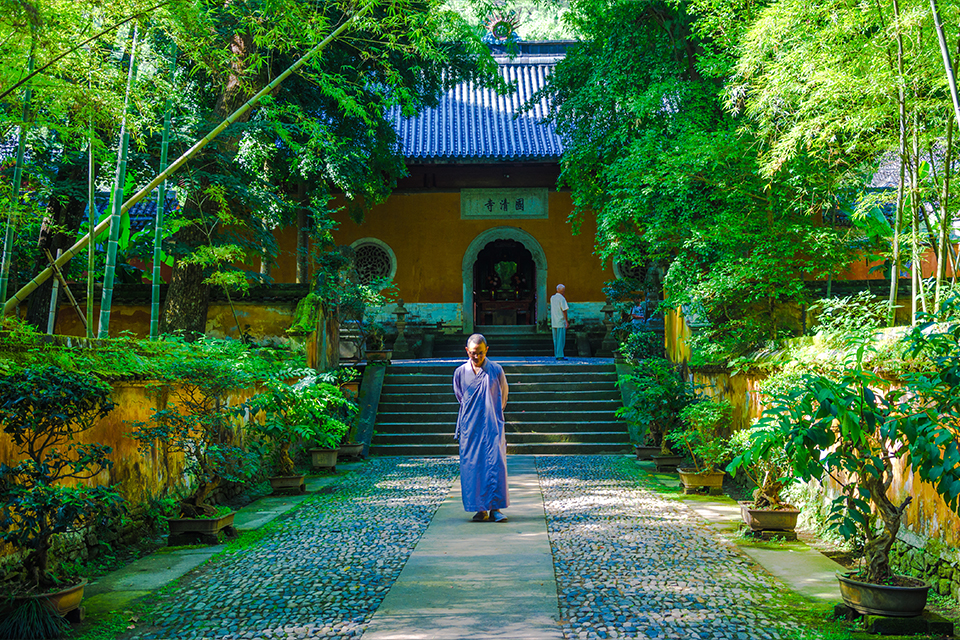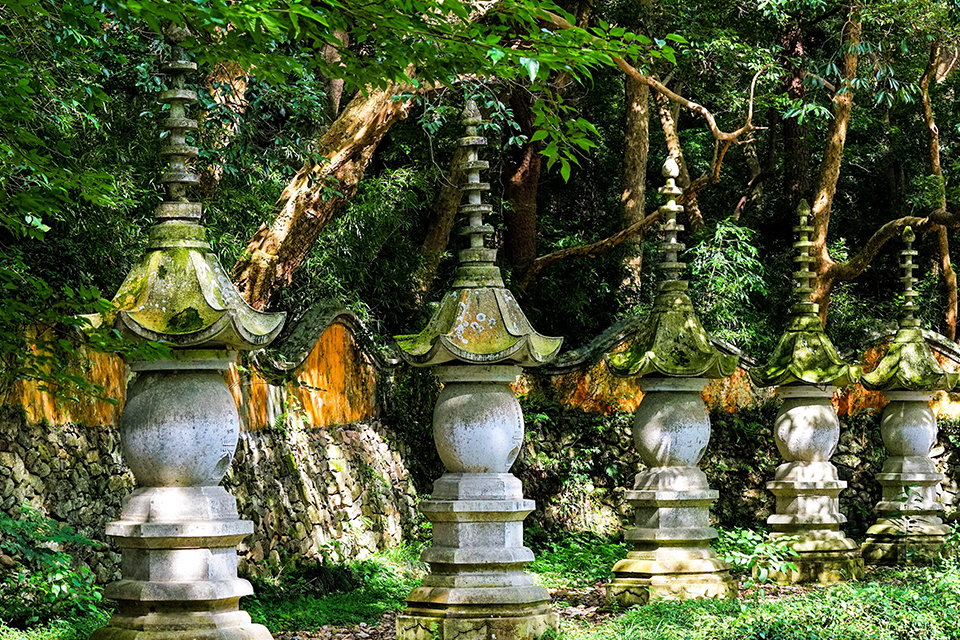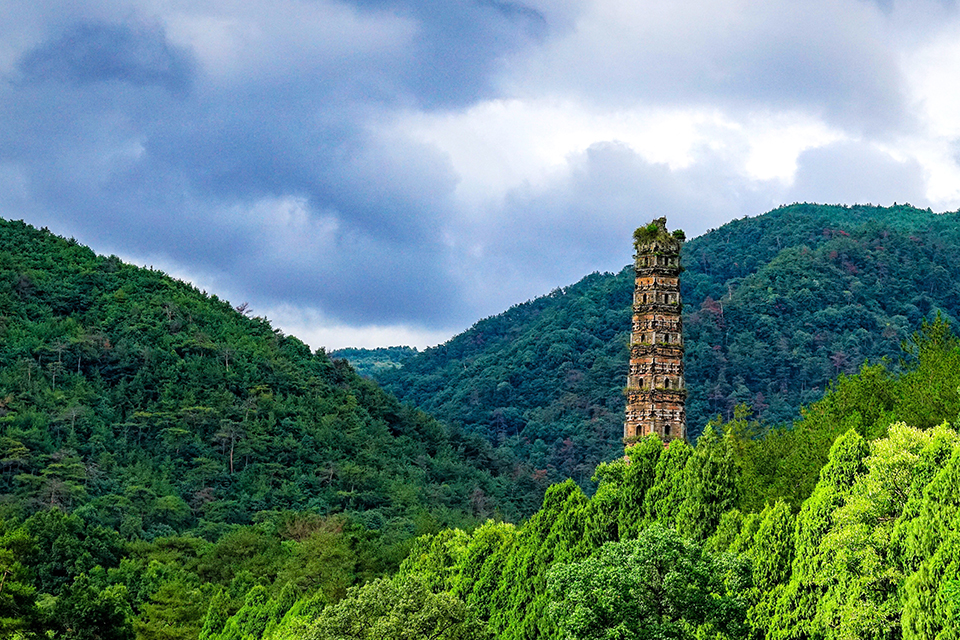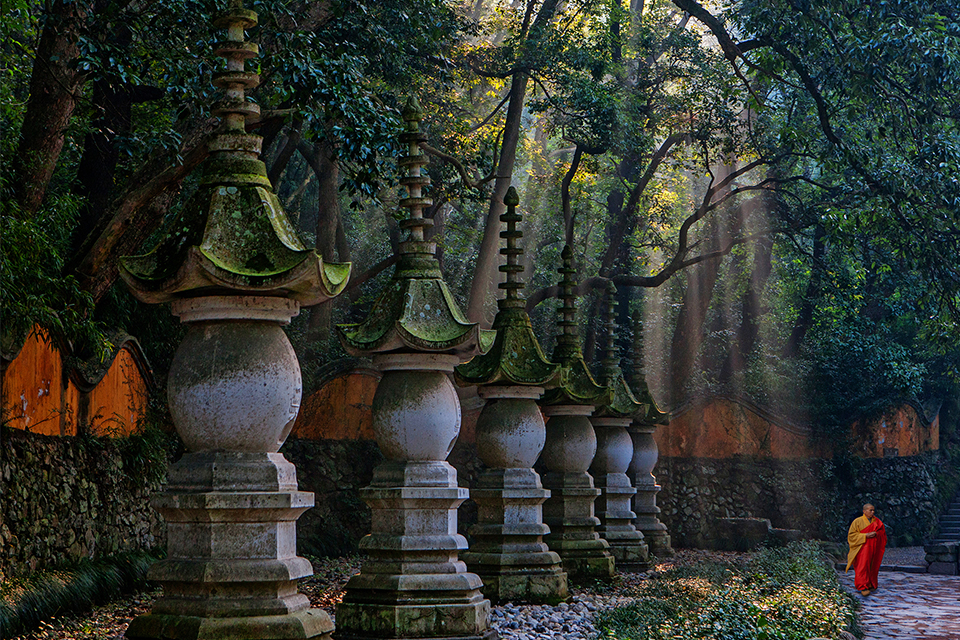Guoqing Scenic Area
Guoqing Scenic Area is located in the south of Tiantai Mountain. It is surrounded by peaks on four Fridays. Guoqing Temple is the birthplace of the first sect of the Chinese Buddhism, the Tiantai Sect, and the ancestral home of the Tiantai sects in Korea, Japan, and around the world.
Guoqing Temple was the 18th year of Emperor Kaihuang (598), and Jin Wang Yang Guang personally hand-painted the blueprint according to the master of the wise, and made it by the prince Wang Wang. The first year of Renshou (601), the temple was first formed, called "Tiantai Temple." In the first year of the great cause (605), Emperor Yang Guang of the Sui Dynasty was fulfilled with the proverb of "Zhen Rucheng, the country is clear", and the pro-book "Guo Qing Temple" was given.
In the Tang Dynasty, Qiyan Lingyan Temple, Runzhou Qixia Temple, and Jingzhou Yuquan Temple were also called "the world is four." In the fifth year of the Great and Five Years (851) reconstruction, the calligrapher Liu Gongquan wrote the plaque of the “Great Chinese Qing Temple”. In the second year of Jingde in the Northern Song Dynasty (1005), Zhenzong gave Jinwan two major repairs, falsified the "Guangzhou Qing Temple", the Southern Song Dynasty Jianyan four years (1130), ordered "Easy to teach Zen", Guoqing Temple became the Zen "Five Mountains and Ten Commandments" "one.
The temple of Guoqing Temple has been repaired frequently, and the existing main building was rebuilt in the 12th year of Qing Emperor Yongzheng (1734). During the "Cultural Revolution", Buddha statues and musical instruments were severely damaged. In 1973, the State Council allocated a large amount of funds for comprehensive renovation and opening to the outside world.
Guoqing Temple covers an area of 73,000 square meters and a building area of 28,000 square meters. Divided into five longitudinal axes, it constitutes an ancient building complex with more than 20,000 square meters, more than 800 houses, complete halls, strict buildings and magnificent grandeur. It is now listed as a national key cultural relics protection unit.







